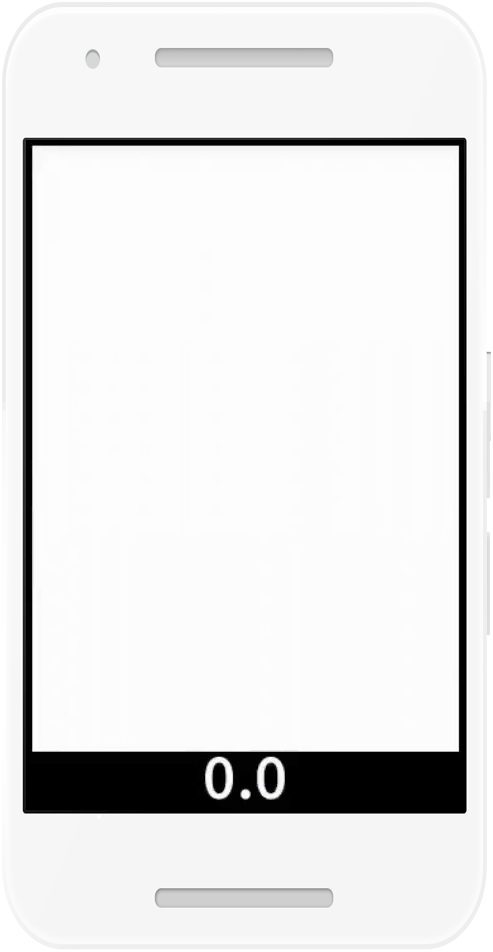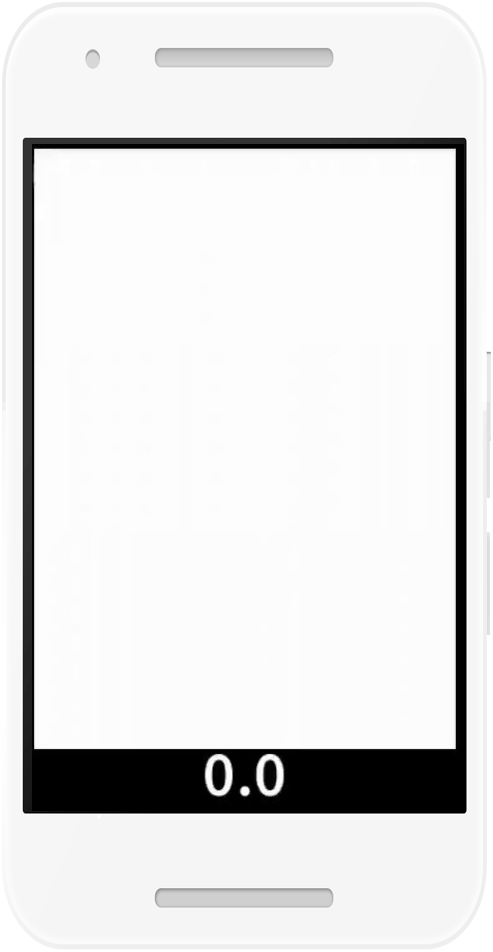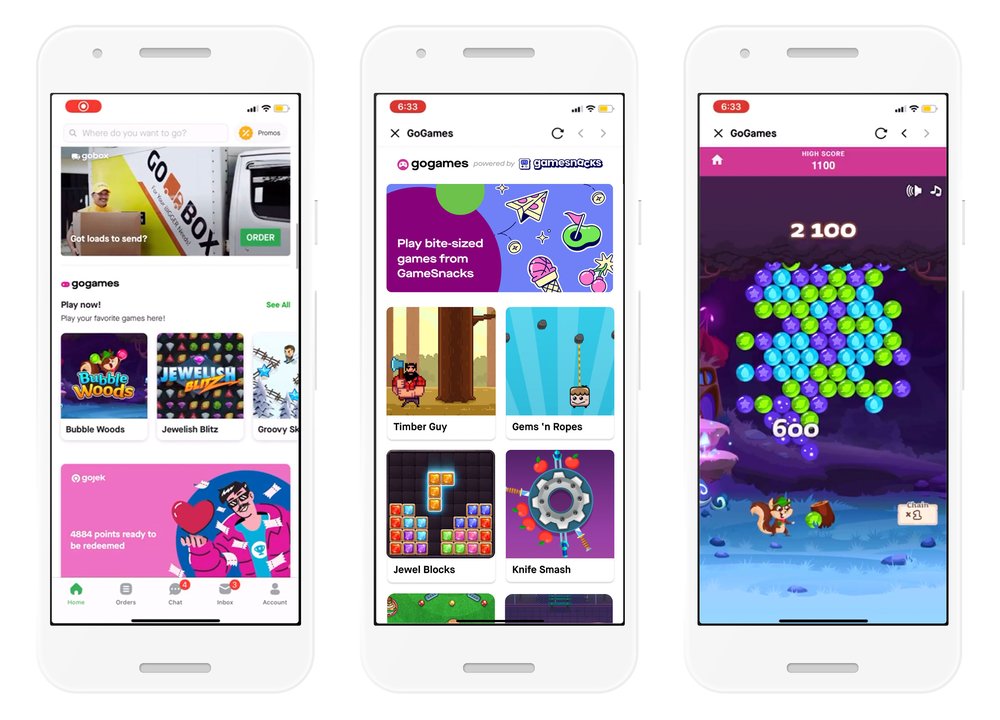Last February we announced GameSnacks, a HTML5 gaming platform from Area 120, Google’s workshop for experimental products. We launched GameSnacks to test whether lightweight, casual games would resonate with people who use the internet via low memory devices on 2G and 3G networks, especially in countries like India and Indonesia.
Since then, millions of people from around the world have played our games. GameSnacks now has more than 100 games built by early game development partners. These games span multiple genres: classics (e.g. Chess), racing games (e.g. Retro Drift), puzzle games (e.g. Element Blocks), and hypercasual games (e.g. Cake Slice Ninja) to list a few. You can check out the full catalog by visiting gamesnacks.com.
Today, we’re sharing how we’ve broadened our efforts by bringing HTML5 games to Google products. We’re also inviting more game developers to join us as we grow the platform.
Finding HTML5 games to play is hard
When I mention HTML5 web gaming to friends and family, they fondly remember Flash gaming sites from 10 or 15 years ago. Web games have come a long way since then. Mobile browsers can now render rich graphics, and engines like Phaser, Construct and Cocos make it easier for developers to build HTML5 games.
HTML5 games tend to be small, enabling them to load quickly in a variety of network conditions, whether on 2G near the outskirts of New Delhi or on an intermittent connection on a New York City subway. Users can play them on any device with a web browser: Android, iOS, and desktop. And across these devices, users don’t need to install anything to play. They simply tap on a link and start playing games immediately.
However, the distribution landscape for HTML5 games is fragmented. Developers have to painstakingly modify their HTML5 games to work across each app they integrate with or web portal they upload to. Discovering HTML5 games to play is often difficult.
We’ve been thinking about how we can make HTML5 game developers’ lives easier to ultimately get more HTML5 games out to more users. Here’s a closer look at how we’re doing this.
A new way to discover HTML5 games across Google products
Back in February 2020, we announced our partnership with Gojek to bring HTML5 games to their users and give developers a new distribution opportunity. Since then, we’ve been bringing the GameSnacks catalog to users across a variety of different Google apps.
First, we’ve made it easy to access GameSnacks games directly from the New Tab page in Chrome, starting with users in India, Indonesia, Nigeria and Kenya. Users can get to gamesnacks.com via the Top Sites icon on Chrome on Android. The Games section is one of the most frequently visited sections of the page.

Blast through blocks in Stack Bounce on GameSnacks on Google Chrome.
Second, we’ve brought GameSnacks games to Google Pay users in India. Google Pay initially started as a way to help users pay friends. Increasingly, they allow users to get many more things done: book rides, order food and now, entertain themselves.
Google Pay users in India can play GameSnacks games from the Games section of the app.
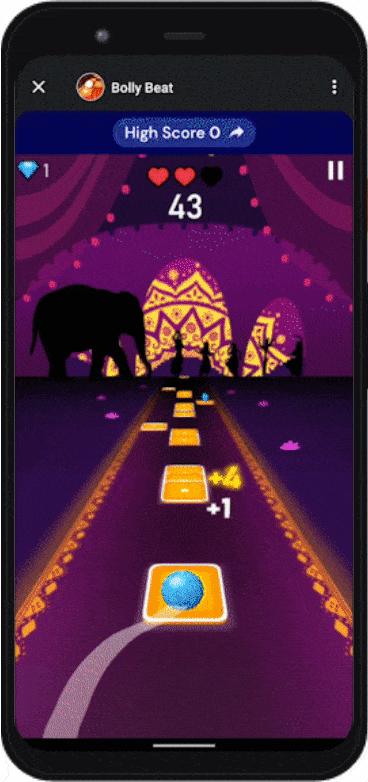
Bounce to the rhythm in Bolly Beat on GameSnacks on Google Pay.
Third, we’re experimenting with bringing GameSnacks games to the Google Assistant. When select Android Assistant users ask to play a GameSnacks game, they can start playing instantly.

Ask Google to play 99 Balls on GameSnacks on Google Assistant.
And finally, we’re experimenting with surfacing GameSnacks games in Discover. Select users in India will see GameSnacks games appear in their feed:
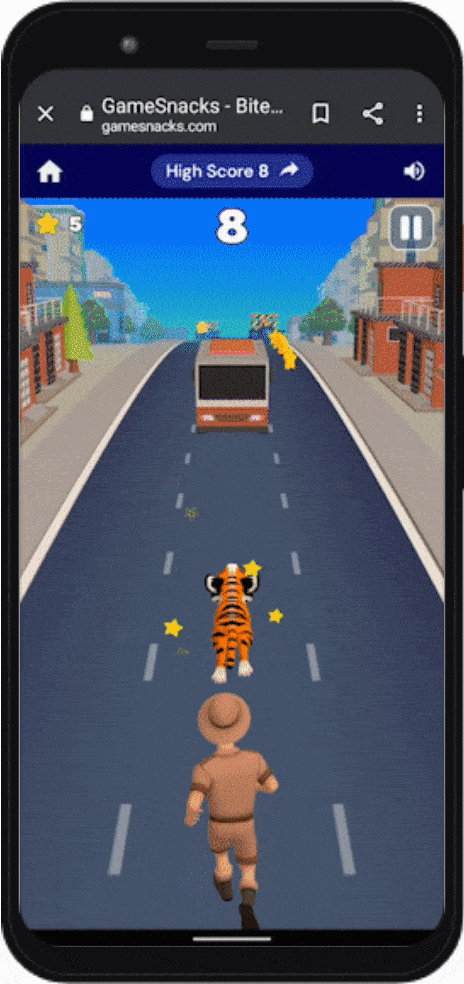
See how far you can run in Tiger Run on GameSnacks on Google Discover.
GameSnacks will be a one-stop shop for developers to bring their HTML5 games to Google users, no matter what product they’re using. Over the coming months, we’ll look for more opportunities to bring GameSnacks games to more Google products.
An open call to game developers
We’re committed to helping game developers succeed with HTML5. Beyond continuing to help developers reach more users, we’ll help developers build meaningful gaming businesses by helping them better monetize HTML5 games. We’ll soon start experimenting with next-generation AdSense for Games ad formats with a select number of GameSnacks games.
Meanwhile, we’re continuing to add more high quality HTML5 games to our catalog. If you’re a game developer interested in being an early GameSnacks partner, reach out and let’s work together.
